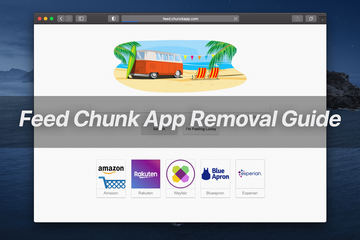The adware oldie called Feed Chunk App has staged a comeback in a large-scale Mac campaign, so here’s how to remove it from an infected system for good.
Update:
| Threat Profile | |
|---|---|
| Name | Feed Chunk App redirect virus |
| Category | Mac adware, browser hijacker |
| IP | 13.94.252.251 |
| Related Domains | feed.chunckapp.com, search.chunckapp.com, search.safefinder.com |
| Symptoms | Redirects Safari, Chrome, and Firefox to search.safefinder.com and search.yahoo.com, adds sponsored content to search results, causes system slowdown |
| Distribution | Freeware bundles, torrents, booby-trapped software updates, misleading popup ads, spam |
| Severity Level | Medium |
| Damage | Unwanted changes of custom browsing settings, privacy issues due to Internet activity tracking, search redirects, redundant ads |
| Removal | Scan your Mac with Combo Cleaner to detect all files related to the browser hijacker. Use the tool to remove the infection if found. |
The genre of browser hijacking continues to dominate the landscape of Mac threats. Not only are the numerous web configuration-twisting threats backed by hefty distribution waves, but they are also becoming more adept at escalating their privileges on infected hosts than they used to be. Feed Chunk App is a classic example of how hybrid and tightly interrelated these PUAs (potentially unwanted applications) can get. Portraying itself as a web search enhancement and a kind of news digest tool, this application does quite the opposite and deteriorates a Mac user’s online experience instead. Once inside, it establishes persistence by creating a spoof device profile that automatically manages the victim’s web navigation activities and hampers regular troubleshooting. Specifically, it replaces the default search engine and homepage in Safari, Google Chrome, or Mozilla Firefox with feed.chunckapp.com or sometimes search.chunckapp.com string. Notice the extra “c” letter in the URL that deviates from the spelling of the underlying app’s name.
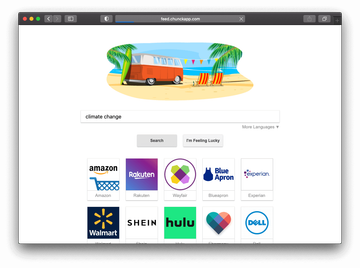
The major after-effect of this settings distortion is that the Mac user is unable to run web searches with their preferred provider, nor can the victim get the right start page to be visited when launching the browser of choice. Every instance of redirecting to feed.chunckapp.com is certainly a nuisance in itself, but it typically cross-promotes yet another nasty service known as Safe Finder. The latter is a long-running Mac virus whose propagation has been fueled by massive amounts of fraudulent traffic and a plethora of booby-trapped software installers. Here’s how the tandem works: the hijacked browser constantly executes a predefined rerouting process that makes the victim go to feed.chunckapp.com first, and from there the navigation path is instantly forwarded to search.safefinder.com. Quite predictably for a junk provider bolstered by adware, the resulting page further thrusts all keyword queries toward custom Yahoo Search pages rather than returning results of its own.
Feed Chunk App may re-infect your Mac multiple times unless you delete all of its fragments, including hidden ones. Therefore, it is recommended to download Combo Cleaner and scan your system for these stubborn files. This way, you may reduce the cleanup time from hours to minutes.
Download Now Learn how Combo Cleaner works. If the utility spots malicious code, you will need to buy a license to get rid of it.All in all, this tangled scheme pursues a typical traffic redistribution objective with Feed Chunk App virus as its driving force. A really unnerving thing is that the user is pulled into the malicious actors’ dirty game without the slightest shade of consent. To infiltrate a Mac computer, the unwelcome application uses a trick as old as the adware industry itself. It tailgates into the system under a smokescreen of another program, possibly a benign one such as a media player or an Adobe Flash update. In other words, this is a bundling scenario where the perpetrating entity is part of a multi-pronged installation client that deliberately obfuscates the real structure of the package. The user clicks through the installer without a second thought, only to unwittingly approve the setup of several apps instead of a single one that’s clearly manifested.
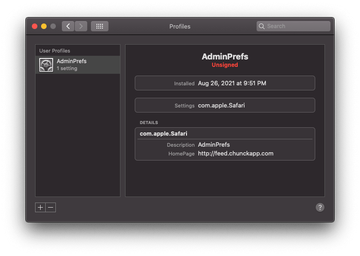
It’s worth pointing out that the shady “dispatching” site, feed.chunckapp.com, may appear in the browser’s status bar only momentarily until the adware operators’ coveted monetization service search.safefinder.com is resolved. There might be a few extra domains in transit that denote advertising networks. The malefactors use these entities to rake in their profits by trading the intercepted unique traffic. The victims who realize that something is totally wrong with their web surfing preferences and dig a bit deeper will promptly discover the root cause: the dodgy URL turns out to be hard-coded in the search and homepage defaults. These settings cannot be edited via the commonplace logic. That’s because the above-mentioned configuration profile is in effect and its grip applies to the misrepresented settings. In some cases, a new extension called Feed Chunk App is listed among the installed browser add-ons, but again, it’s blocked from all disabling and removal efforts.
Under the circumstances, the virus removal procedure is futile unless the user deletes the device profile as part of the repair. Read the following sections of this article to find out how to overcome the persistence of this virus and revert to normal web browsing. When it comes to avoiding threats like this one further on, the tip of the day is to refrain from downloading and installing apps off of unofficial software hubs. Plus, always explore the full composition of installation clients by deselecting their default, or express, option. Consider discontinuing the setup if there are additional entities under the same harmless-looking hood.
Feed Chunk App virus manual removal for Mac
The steps listed below will walk you through the removal of this malicious application. Be sure to follow the instructions in the specified order.
Expand the Go menu in your Mac’s Finder bar and select Utilities as shown below.
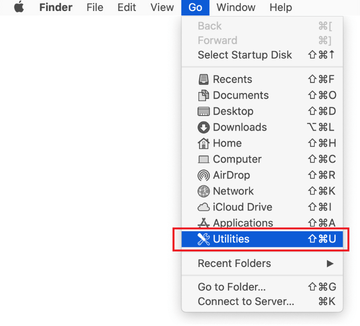
Locate the Activity Monitor icon on the Utilities screen and double-click on it.
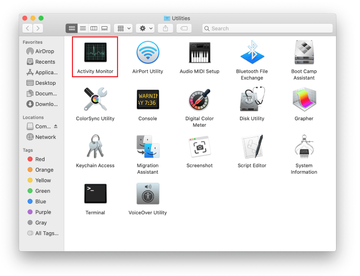
In the Activity Monitor app, look for Feed Chunk App or another process that appears suspicious. To narrow down your search, focus on unfamiliar resource-intensive entries on the list. Keep in mind that its name isn’t necessarily related to the way the threat is manifesting itself, so you’ll need to trust your own judgement. If you pinpoint the culprit, select it and click on the Stop icon in the upper left-hand corner of the screen.
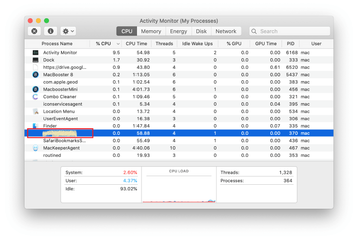
When a follow-up dialog pops up asking if you are sure you want to quit the troublemaking process, select the Force Quit option.
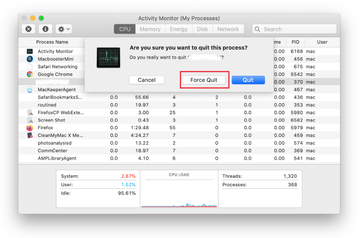
Click on the Go menu icon in the Finder again and select Go to Folder. You can as well use the Command-Shift-G keyboard shortcut.

Type /Library/LaunchAgents in the folder search dialog and click on the Go button.
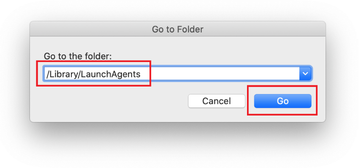
Examine the contents of the LaunchAgents folder for dubious-looking items. Be advised that the names of files spawned by malware may give no clear clues that they are malicious, so you should look for recently added entities that appear to deviate from the norm.
As an illustration, here are several examples of LaunchAgents related to mainstream Mac infections: com.pcv.hlpramc.plist, com.updater.mcy.plist, com.avickUpd.plist, and com.msp.agent.plist. If you spot files that don’t belong on the list, go ahead and drag them to the Trash.
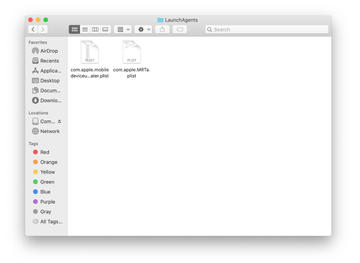
Use the Go to Folder lookup feature again to navigate to the folder named ~/Library/Application Support (note the tilde symbol prepended to the path).
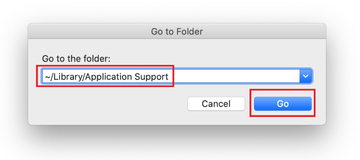
When the Application Support directory is opened, identify recently generated suspicious folders in it and send them to the Trash. A quick tip is to look for items whose names have nothing to do with Apple products or apps you knowingly installed. A few examples of known-malicious folder names are UtilityParze, ProgressSite, and IdeaShared.
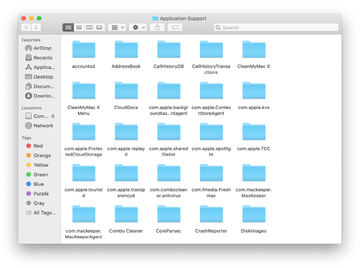
Enter ~/Library/LaunchAgents string (don’t forget to include the tilde character) in the Go to Folder search area.
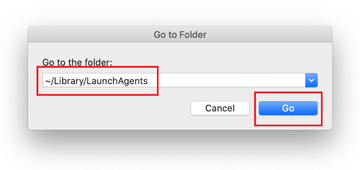
The system will display LaunchAgents residing in the current user’s Home directory. Look for dodgy items related to Feed Chunk App redirect virus (see logic highlighted in subsections above) and drag the suspects to the Trash.
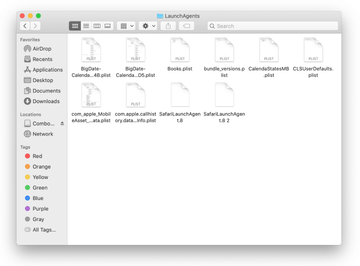
Type /Library/LaunchDaemons in the Go to Folder search field.
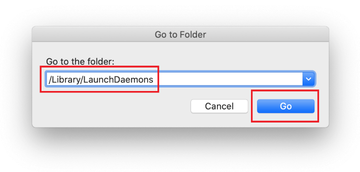
In the LaunchDaemons path, try to pinpoint the files the malware is using for persistence. Several examples of such items cropped by Mac infections are com.pplauncher.plist, com.startup.plist, and com.ExpertModuleSearchDaemon.plist. Delete the sketchy files immediately.
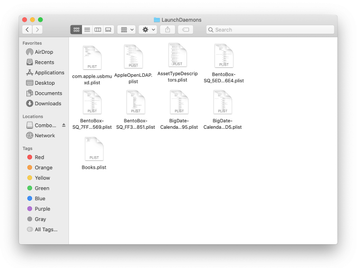
Click on the Go menu icon in your Mac’s Finder and select Applications on the list.

Find the entry for Feed Chunk App or another app that clearly doesn’t belong there and move it to the Trash. If this action requires your admin password for confirmation, go ahead and enter it.
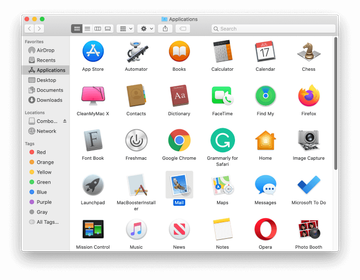
Expand the Apple menu and select System Preferences.
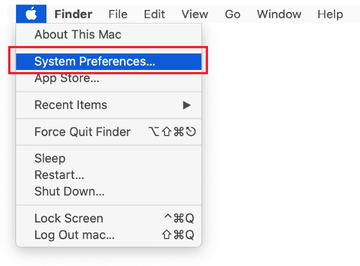
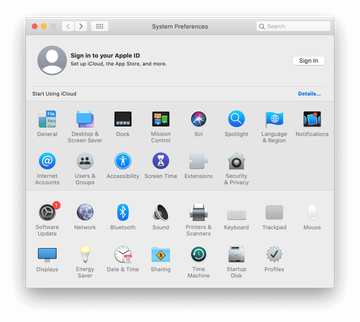
Proceed to Users & Groups and click on the Login Items tab.
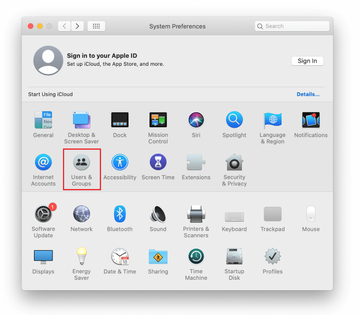
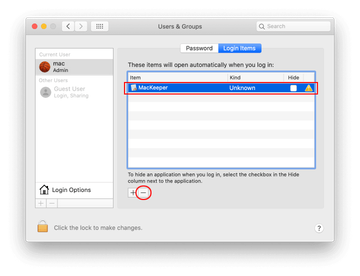
Now select Profiles under System Preferences. Look for a malicious item in the left-hand sidebar. Several examples of configuration profiles created by Mac adware include TechSignalSearch, MainSearchPlatform, AdminPrefs, and Safari Settings. Select the offending entity and click on the minus sign at the bottom to eliminate it.
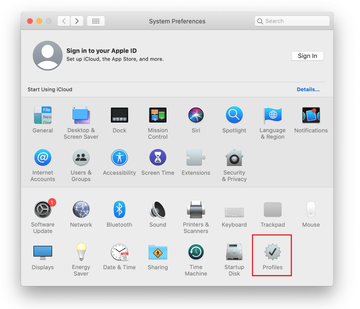
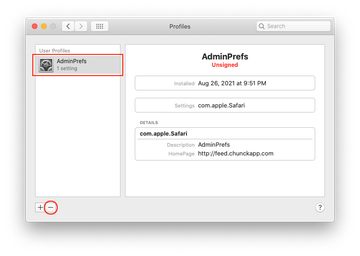
Get rid of Feed Chunk App virus in web browser on Mac
To begin with, the web browser settings taken over by the Feed Chunk App virus should be restored to their default values. Although this will clear most of your customizations, web surfing history, and all temporary data stored by websites, the malicious interference should be terminated likewise. The overview of the steps for completing this procedure is as follows:
- Remove Feed Chunk App virus from Safari
Open the browser and go to Safari menu. Select Preferences in the drop-down list.
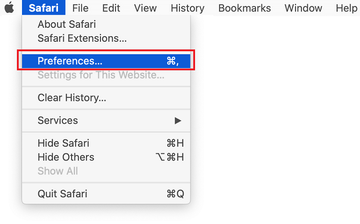
Once the Preferences screen appears, click on the Advanced tab and enable the option saying “Show Develop menu in menu bar”.
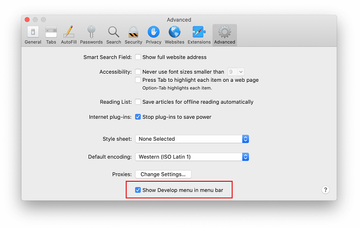
Now that the Develop entry has been added to the Safari menu, expand it and click on Empty Caches.
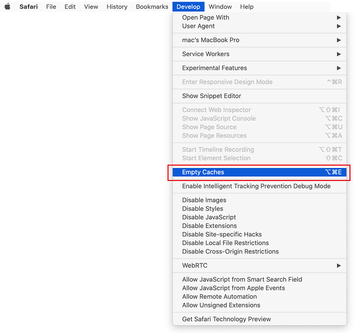
Now select History in the Safari menu and click on Clear History in the drop-down list.
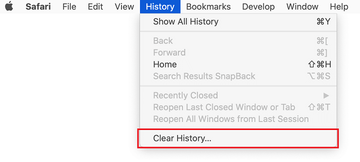
Safari will display a dialog asking you to specify the period of time this action will apply to. Select all history to ensure a maximum effect. Click on the Clear History button to confirm and exit.

Go back to the Safari Preferences and hit the Privacy tab at the top. Find the option that says Manage Website Data and click on it.

The browser will display a follow-up screen listing the websites that have stored data about your Internet activities. This dialog additionally includes a brief description of what the removal does: you may be logged out of some services and encounter other changes of website behavior after the procedure. If you’re okay with that, go ahead and click on the Remove All button.
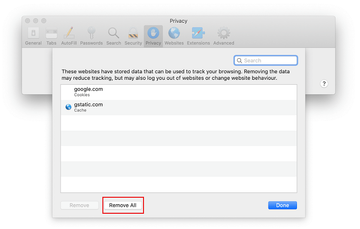
Restart Safari
- Remove Feed Chunk App in Google Chrome
Open Chrome, click the Customize and control Google Chrome (⁝) icon in the top right-hand part of the window, and select Settings in the drop-down
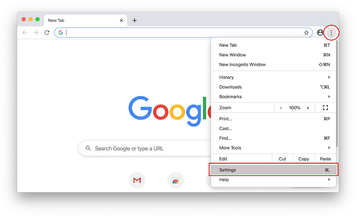
When on the Settings pane, select Advanced
Scroll down to the Reset settings section.
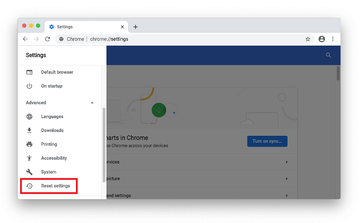
Confirm the Chrome reset on a dialog that will pop up. When the procedure is completed, relaunch the browser and check it for malware activity.
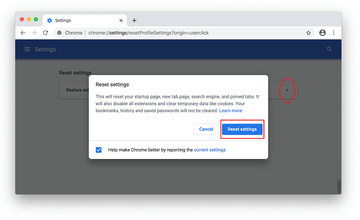
- Remove Feed Chunk App from Mozilla Firefox
Open Firefox and go to Help – Troubleshooting Information (or type about:support in the URL bar and press Enter).
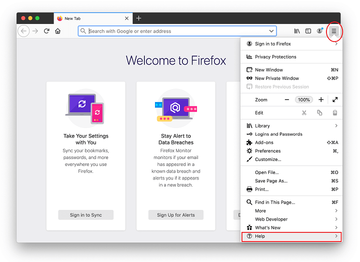

When on the Troubleshooting Information screen, click on the Refresh Firefox button.
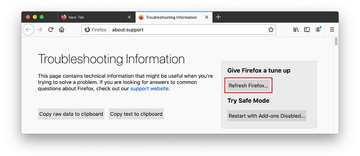
Confirm the intended changes and restart Firefox.
Get rid of Feed Chunk App virus using Combo Cleaner removal tool
The Mac maintenance and security app called Combo Cleaner is a one-stop tool to detect and remove Feed Chunk App virus. This technique has substantial benefits over manual cleanup, because the utility gets hourly virus definition updates and can accurately spot even the newest Mac infections.
Furthermore, the automatic solution will find the core files of the malware deep down the system structure, which might otherwise be a challenge to locate. Here’s a walkthrough to sort out the Feed Chunk App issue using Combo Cleaner:
Download Combo Cleaner installer. When done, double-click the combocleaner.dmg file and follow the prompts to install the tool onto your Mac.
By downloading any applications recommended on this website you agree to our Terms and Conditions and Privacy Policy. The free scanner checks whether your Mac is infected. To get rid of malware, you need to purchase the Premium version of Combo Cleaner.
Open the app from your Launchpad and let it run an update of the malware signature database to make sure it can identify the latest threats.
Click the Start Combo Scan button to check your Mac for malicious activity as well as performance issues.
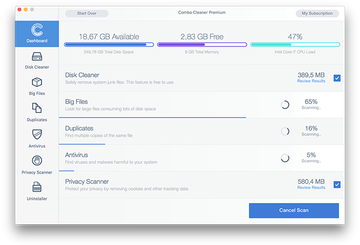
Examine the scan results. If the report says “No Threats”, then you are on the right track with the manual cleaning and can safely proceed to tidy up the web browser that may continue to act up due to the after-effects of the malware attack (see instructions above).
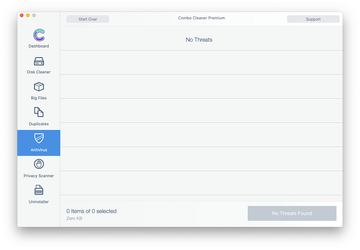
In case Combo Cleaner has detected malicious code, click the Remove Selected Items button and have the utility remove Feed Chunk App threat along with any other viruses, PUPs (potentially unwanted programs), or junk files that don’t belong on your Mac.
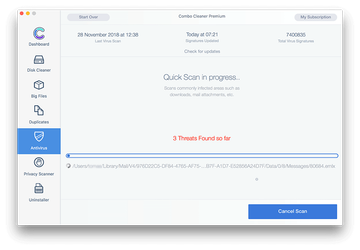
Once you have made doubly sure that the malicious app is uninstalled, the browser-level troubleshooting might still be on your to-do list. If your preferred browser is affected, resort to the previous section of this tutorial to revert to hassle-free web surfing.
